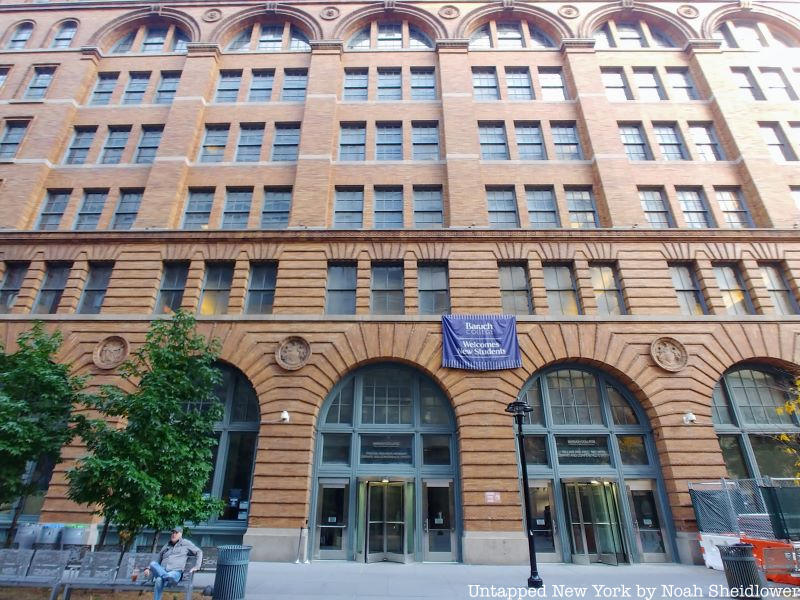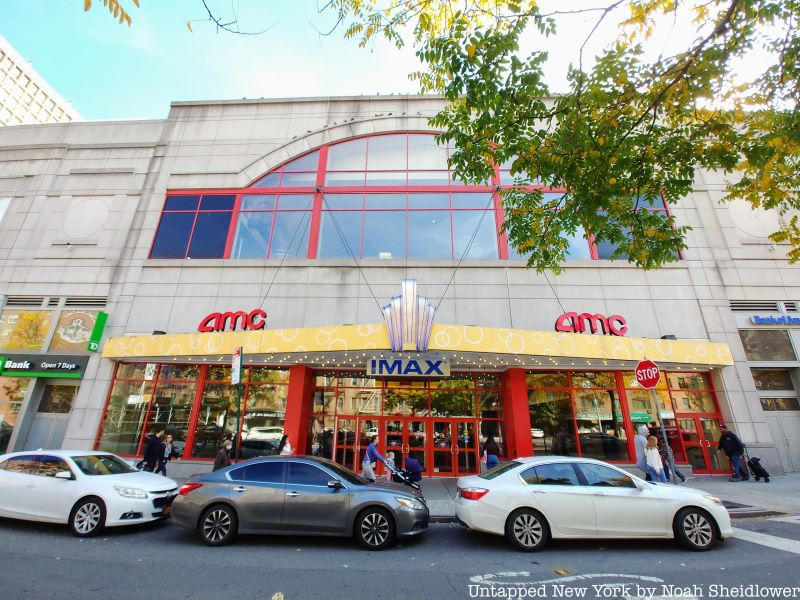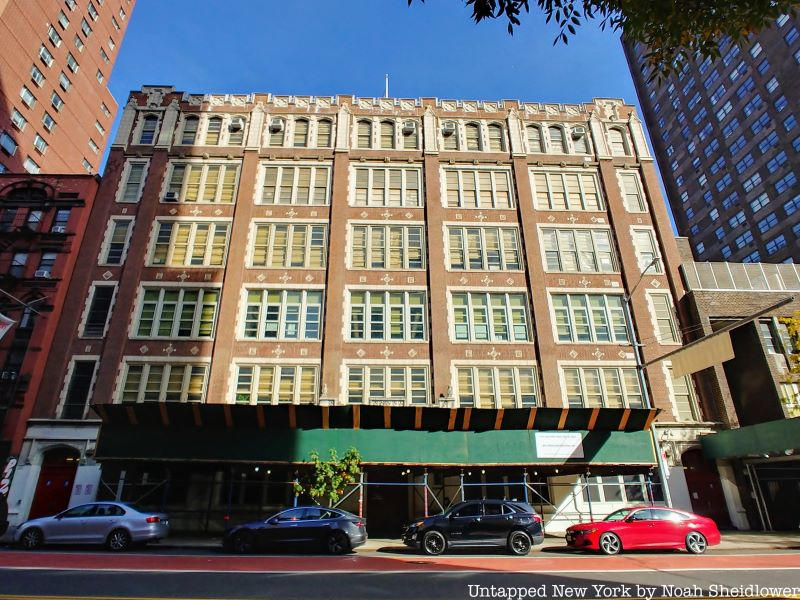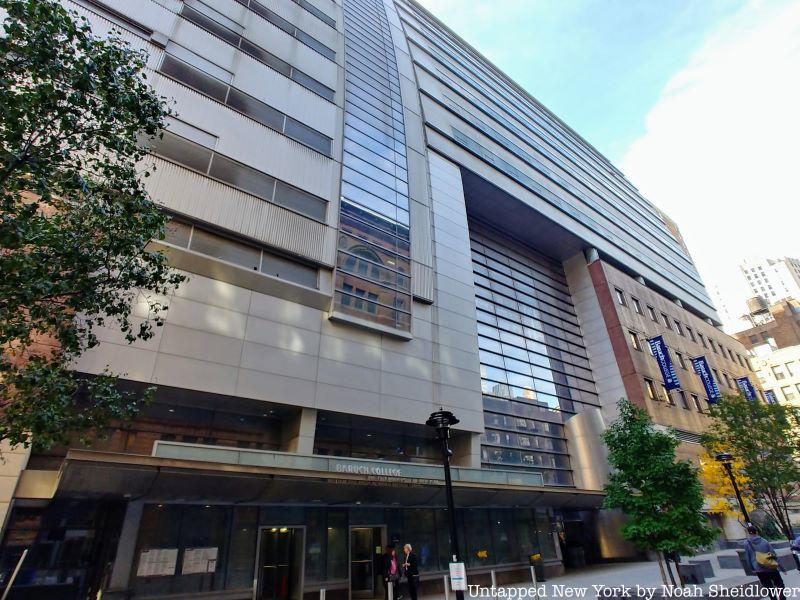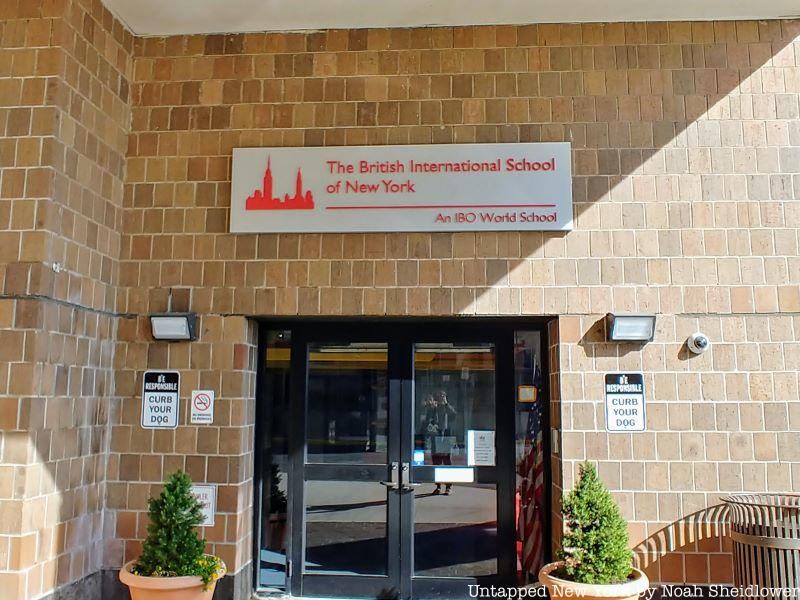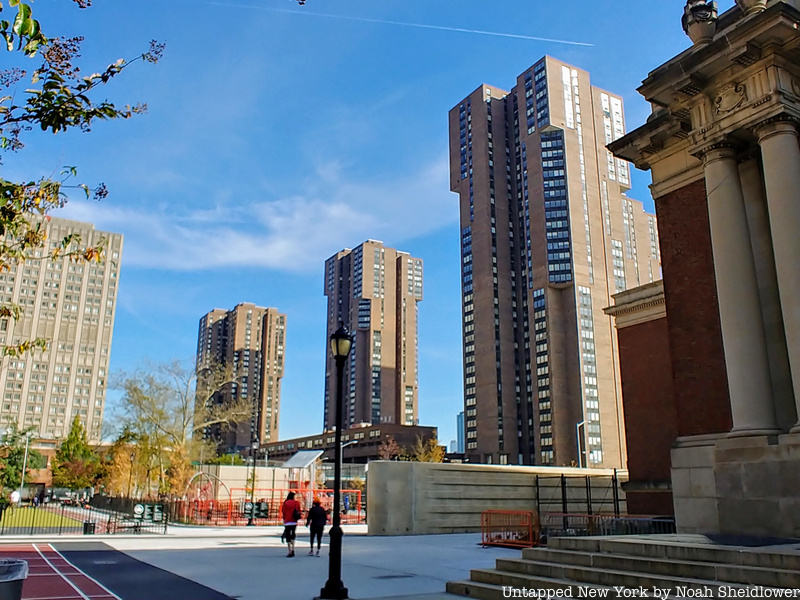
The riverside neighborhood of Kips Bay may be small, but it’s packed with architectural gems both new and old, fascinating remnants of New York City history, and a diverse cultural scene. Kips Bay is located on the east side of Manhattan loosely bounded by East 34th Street and East 23rd Street, as well as by Lexington Avenue/Third Avenue and the East River. Located south of Murray Hill and roughly east of Rose Hill, Kips Bay hosts a bit over 50,000 residents.
The neighborhood is named for Dutch settler Jacobus Hendrickson Kip, whose father had a farm along East 30th Street by the river. Kip built a home in 1655 that stood until 1851, making it the last remaining farmhouse from New Amsterdam in Manhattan at the time of its destruction. It was also said that the garden of the farm grew a rose plant presented to George Washington during his inauguration.
Kips Bay is known for its many medical facilities and schools, including much of NYU Langone, Bellevue Hospital, the School of Visual Arts, Baruch College, the United National International School, and an American Sign Language high school. Read on to discover secrets and spots to explore in Kips Bay, from the home of a U.S. president to a surprising piece of Nazi history.
1. 203 East 29th Street is one of Manhattan’s only remaining wooden houses
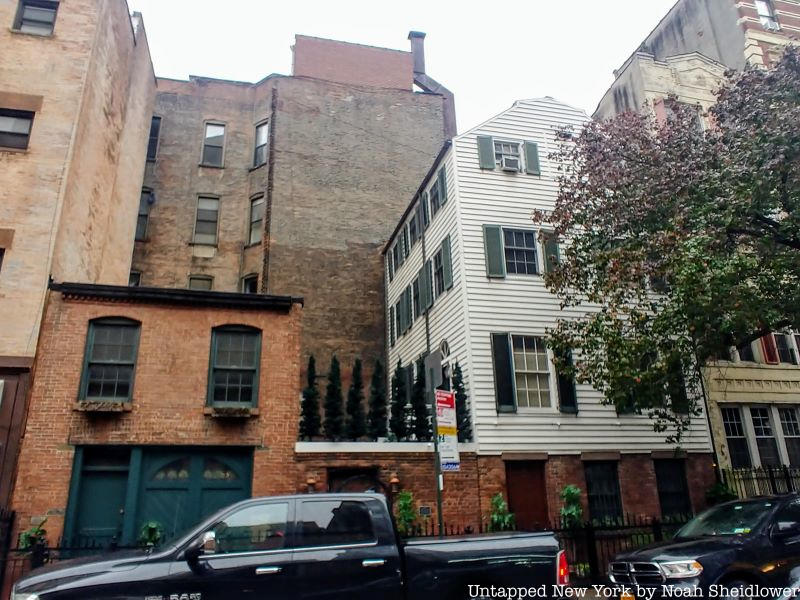
203 East 29th Street is a historical carriage house built sometime between 1790 and around 1820 in Kips Bay. The home is located between 2nd and 3rd Avenue and is one of Manhattan’s only remaining wooden houses. The home is sometimes considered a “floating farmhouse” because its three white wooden floors sit atop a bottom layer of brick. This partially explains why the home’s construction year is so hard to pinpoint: because of the size of the lot, it’s likely that the home may have been relocated from somewhere else in Kips Bay/Rose Hill after its original construction in the late 1700s.
In 2006 New York Times article tried to investigate the home’s history, though even that publication could not find a definitive answer. An 1830 tax assessment noted how there were two lots and one building at the site, though it’s unclear if the current home stood on the lot at the time. An 1840 tax assessment concluded that a home was on the lot with no height or size, while an 1860 assessment concluded the home had three floors, not four. It took until 1880 for an official confirmation that the home really was four stories. Perhaps surprisingly, this carriage house was actually a junk store for decades. The home received National Register of Historic Places status in 1982, around when it was restored by John Sanguilano.






